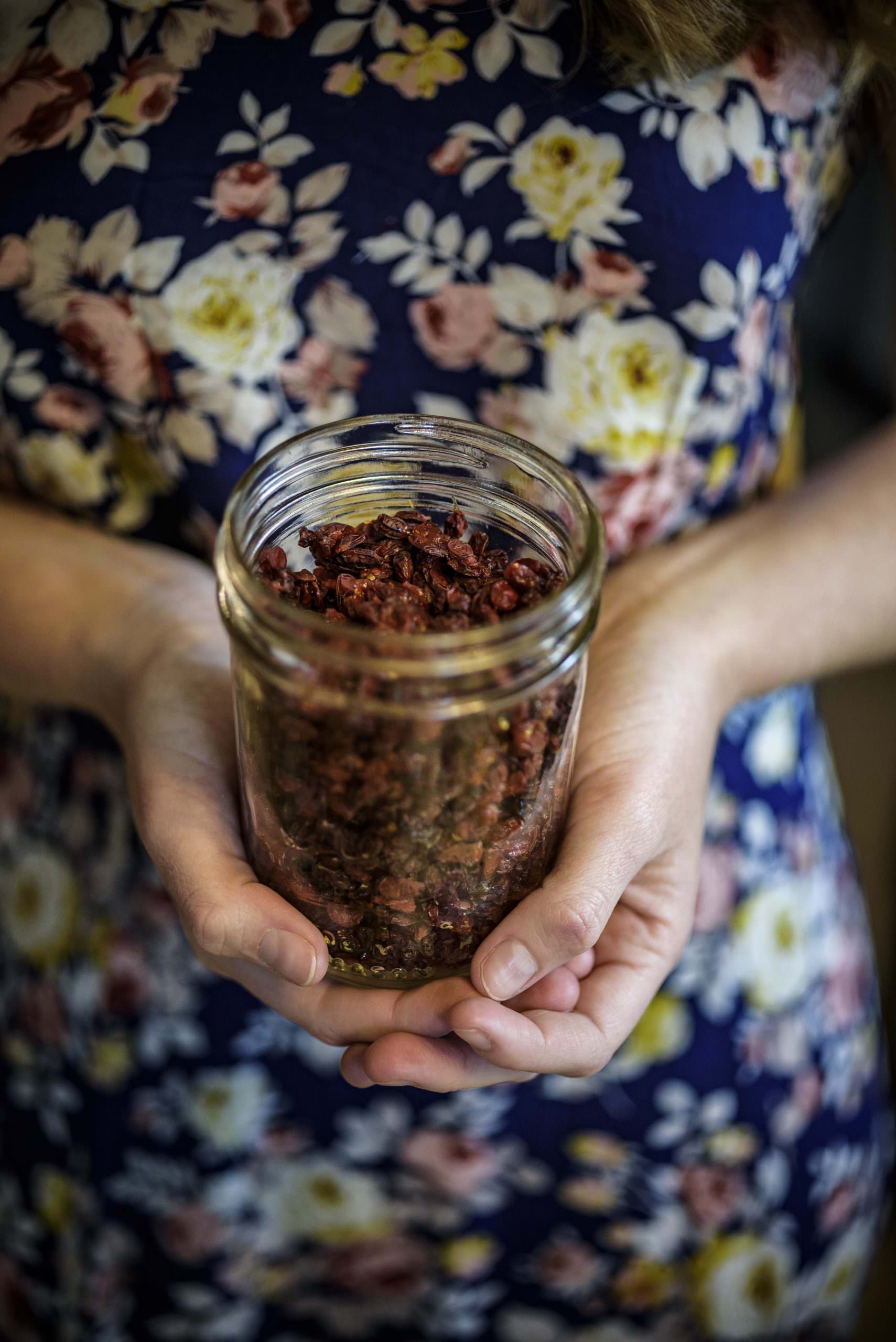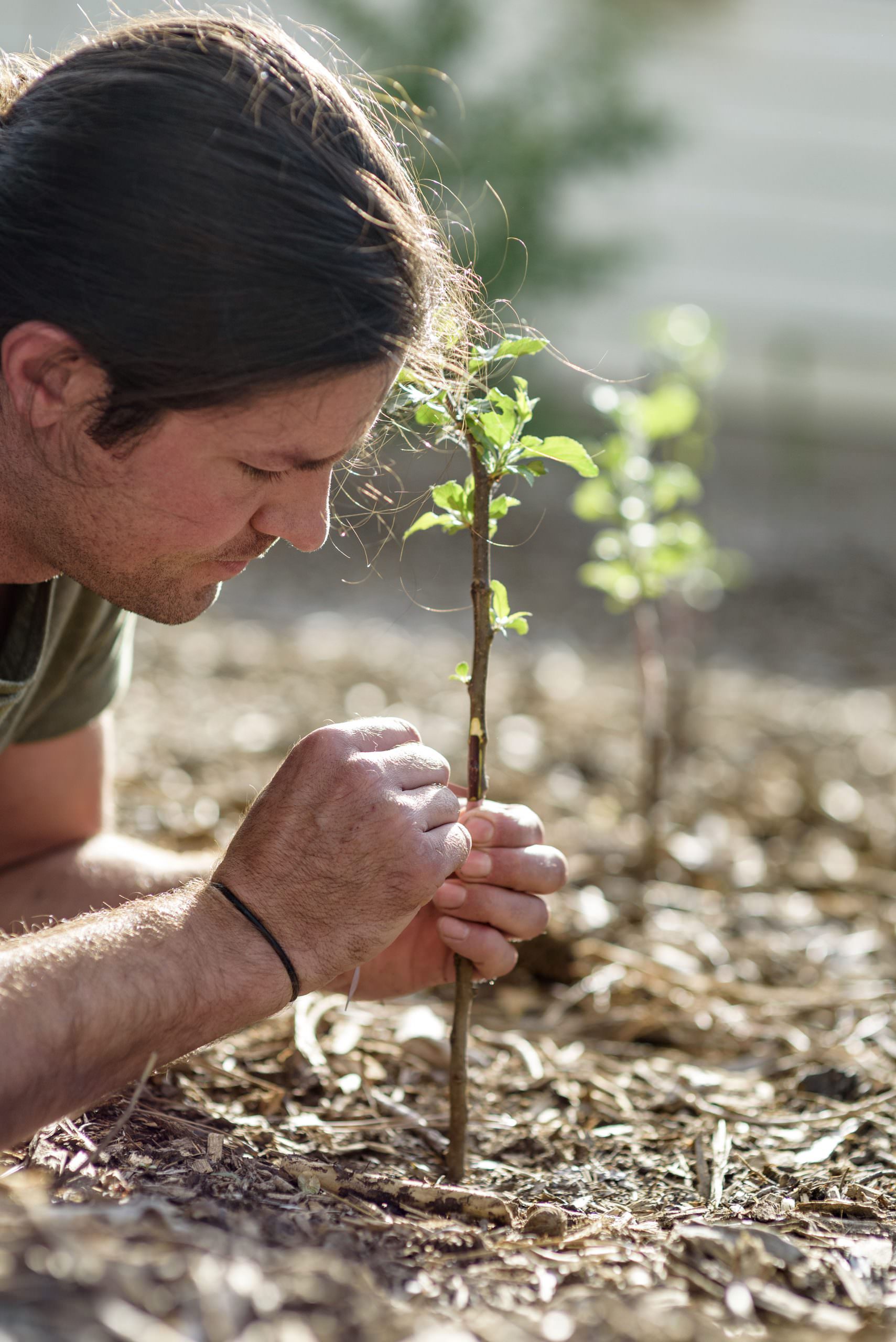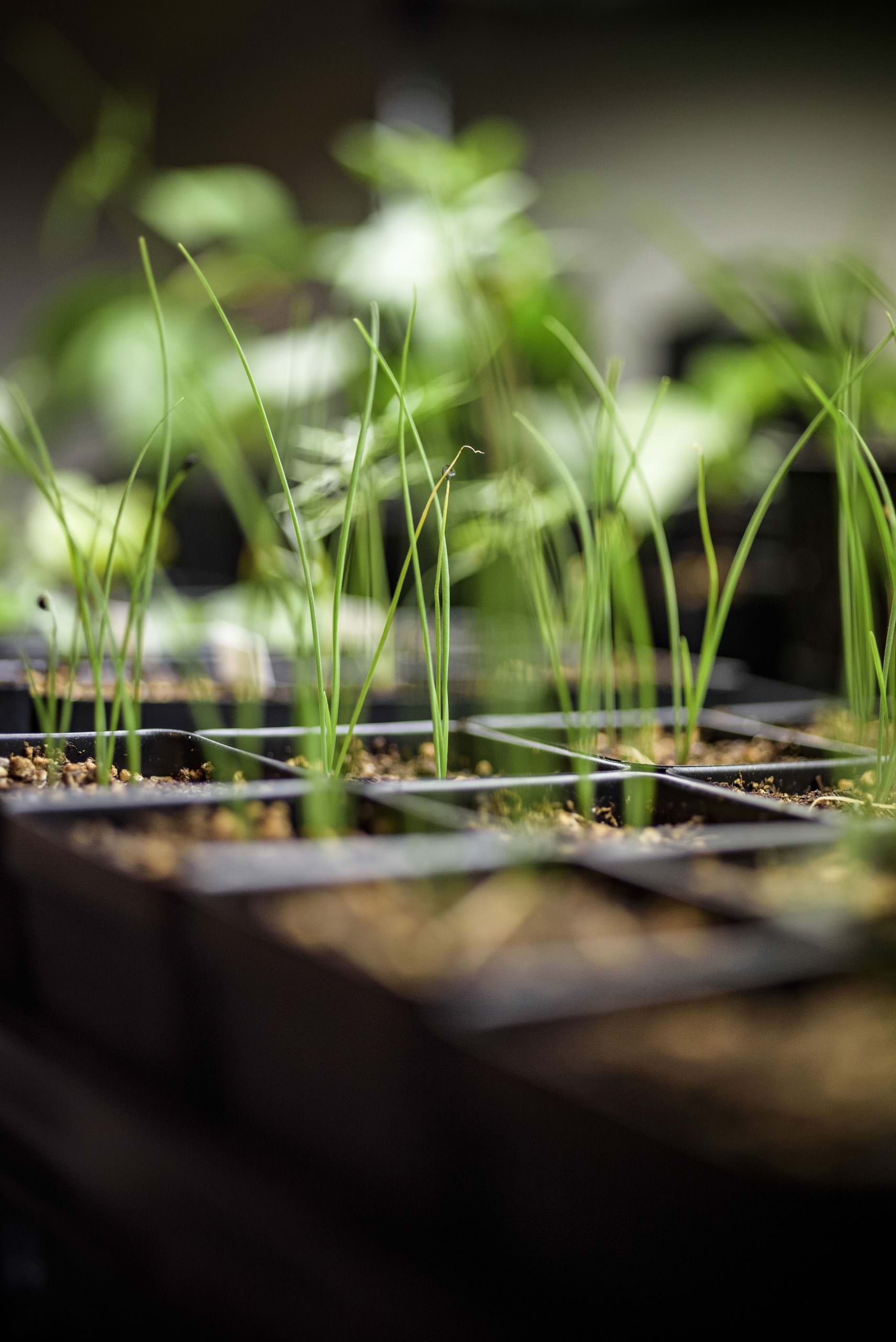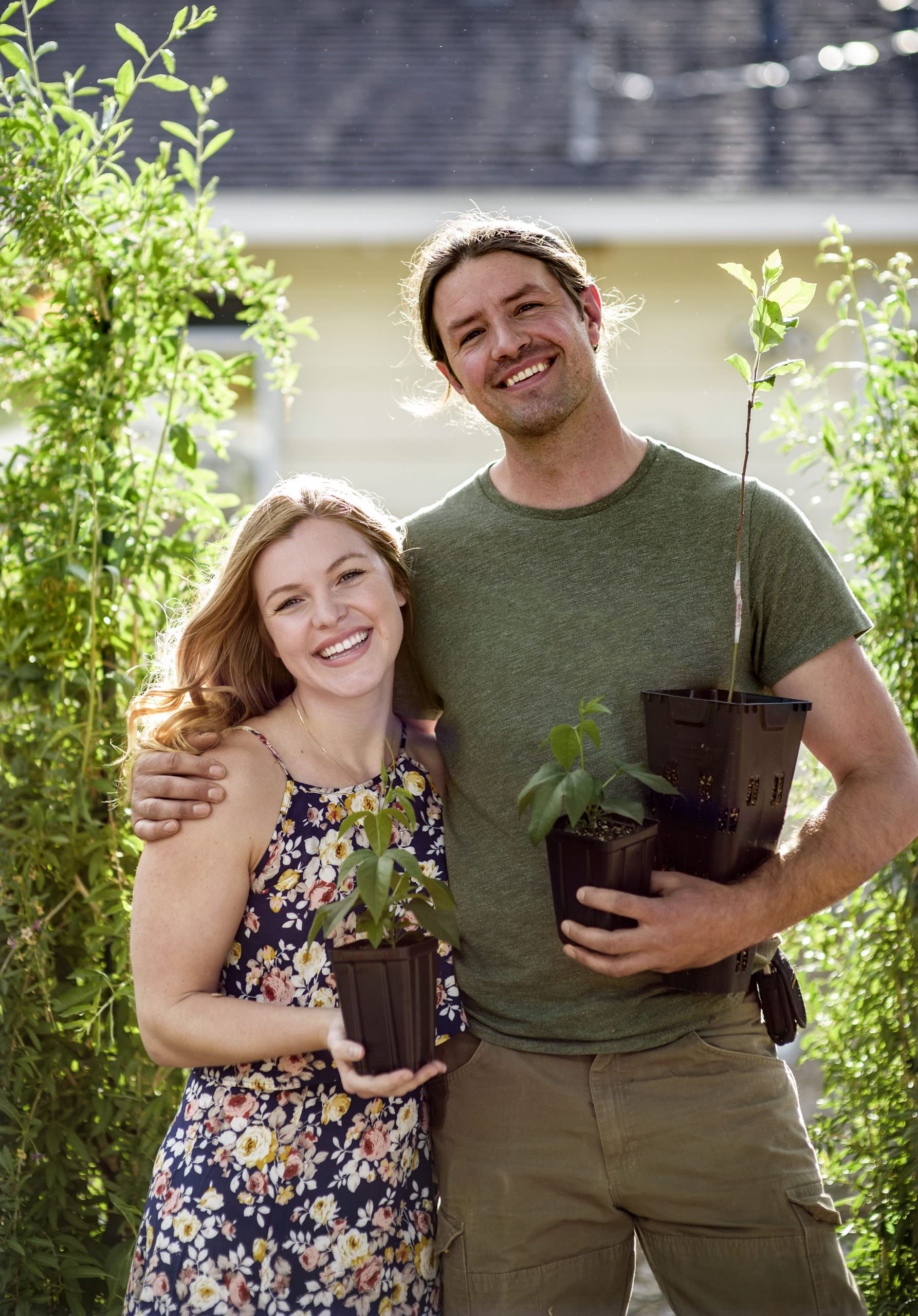Expert tips to create your own edible landscape
His nickname was Stick Boy. Not for his stature, but for his love of trees, which began at a young age.
Reno resident and certified arborist Christoph Weber sated his fascination for flora working for the forest service, taking botany classes, foraging for edible plants, then creating food forests. Spurred by interest from his friends, he eventually began helping others grow their own edible landscapes, turning a passion into a thriving business.
Weber’s admiration for the campus (and trees) led him to serve on the tree selection committee for the University of Nevada, Reno’s Arboretum board of directors. In 1985, the Nevada State Legislature designated the entire campus a state arboretum, as it boasts hundreds of varieties and species of trees, plants, and shrubs, plus a surprising number of fruits and nuts. Weber says he likes to plant trees and shrubs at UNR that he doesn’t have room to grow at home, such as a chestnut tree, and edible plants he believes campus dwellers may enjoy, such as goji berries, jujubes, and a type of pomegranate.
Today, in his home situated on just one-eighth of an acre in urban Reno, Weber and his partner, Brooklyn Dippo — whom he’s fondly dubbed “the muscle” — are growing a dozen fruit trees, 11 fruit bushes, and hundreds of onions and vegetables, all enclosed in a perimeter of planted herbs.
Seem like a lot for a smaller plot? Here’s how they do it.
Fun with fruits

Dippo holds a jar of goji berries that she helped grow
“Most people underestimate how many trees they can actually grow,” Dippo says.
While finding an apple or peach tree growing here is as easy as pointing out a pigeon, what Weber and Dippo specialize in cultivating is much more like spotting a dodo bird.
Surprises abound in their garden. Exotic and tropical fruits thrive, such as pomegranates, goji berries, and figs, plus those generally only seen in the presence of palm trees, such as passion fruit and pineapple guava.
Weber began by growing and experimenting with peaches, cherries, apples, onions, and goji berries.
“But the real fun began when I started planting things that produced fruit I couldn’t find anywhere, like jujubes, honeyberries, black mulberries, and hardy kiwis, among others,” he says.
Get-growing guide

Weber grafts an old American heirloom called Northern spy, onto M26, a semi-dwarfing rootstock
Living in the High Sierra, planting cold-hardy varieties is important. This duo may have years of experience and the greenest thumbs around, but even novices can experiment on a small scale.
Dippo suggests first “getting to know your plot.” Take a scientific approach.
Have your soil tested for nutrients and pH, and with your hands, test for texture, which affects soil retention and root growth. Information on reputable soil testing labs is available on the University of Nevada Cooperative Extension website (Unce.unr.edu).
Find microclimates in outdoor spaces by purchasing 15 to 20 inexpensive thermometers and placing them at various locations around your yard. Check them periodically, noting the differences, which Weber says can be 10 to 15 degrees even when they’re only 20 feet apart. Make sure some are in shady areas. Also seek out wind-prone areas and avoid planting wind-sensitive plants there.
Weber and Dippo’s top tip is to get rid of grass and improve your soil, which is where it all begins. Mulch by adding a one-inch layer of compost, then four inches of wood chips. Within a year there will be a dramatic improvement in your soil’s quality and health.

Garlic chives growing in local arborist Christoph Weber’s kitchen
Once you’ve become better acquainted with your yard, research plants and trees that can thrive there, through resources such as the Encyclopedia of Life found at Eol.org, or your local nursery.
“Choosing late-blooming, early-ripening varieties is generally smart here,” Weber says.
Peaches do well in the region, as do cold-hardy pomegranates, melonberries, elderberries, and jujubes.
Look for grown, pre-grafted vegetation at area nurseries, such as Loping Coyote Farms in Reno or Rail City Garden Center in Sparks.
Put fruit trees in first as they take the longest to produce. Dwarf varieties increase land density, and planting while trees are dormant is ideal. Once established, plant other items below them, such as berries and herbs. The dappled shade produced by taller trees is great for shorter plants that might not like direct sun.
Weber never uses pesticides or herbicides; instead, he plants fennel, alyssum, or other plants that attract predatory insects such as hoverflies and ladybugs, or he unleashes his own hunters in the garden. Compost and wood chips maintain soil health and moisture.
For help creating your own edible garden, contact Weber at Christoph@christophweber.com.
Writer, avid gardener, and tropical fruit fanatic Natasha Bourlin has proudly grown her own pineapples here and was excited to learn other tropical plants also may grow in this region.


